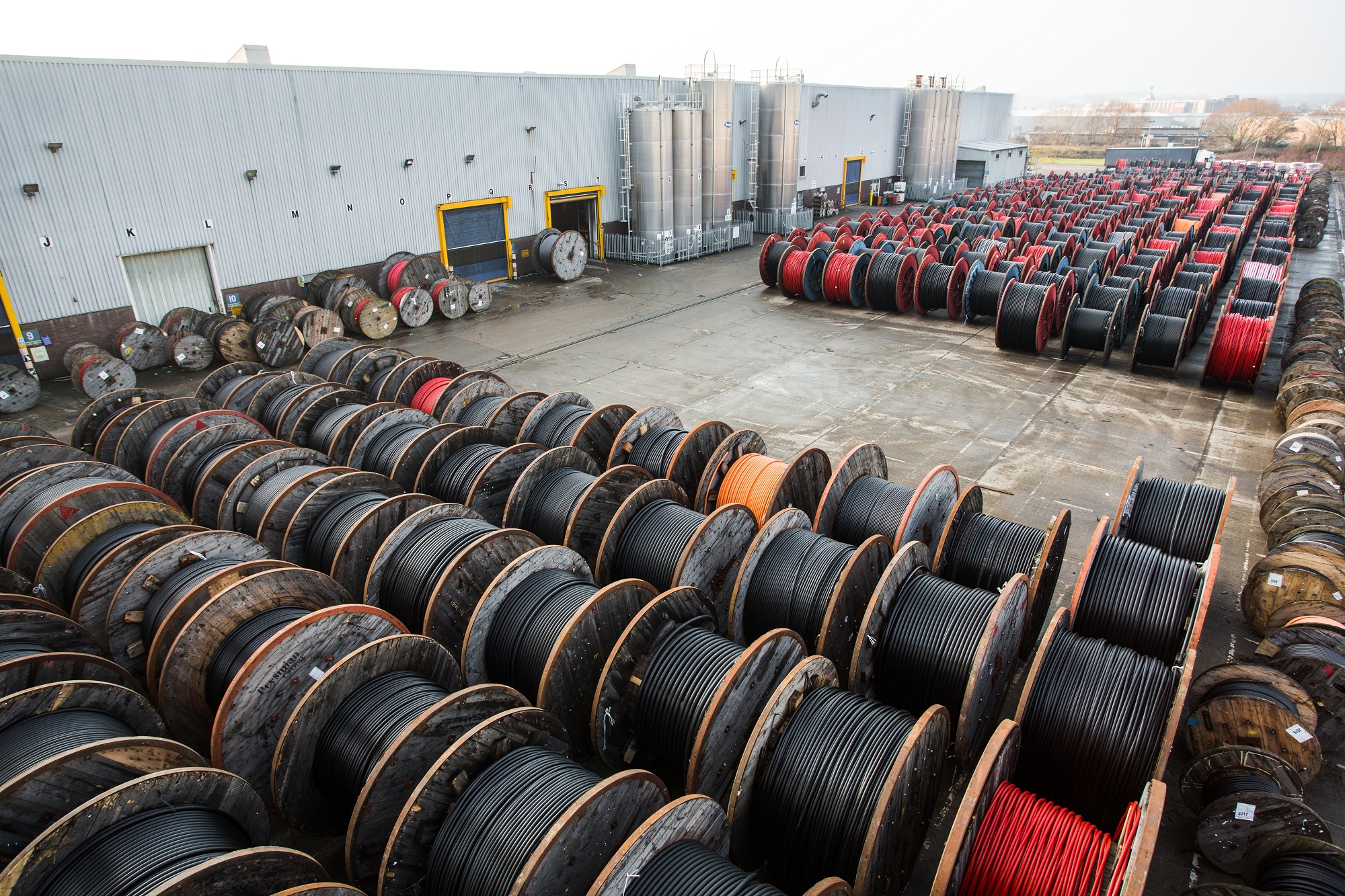How should cables be handled and stored?
Cable drums come in different sizes and weights, and can be difficult to handle on site. It is important to follow the recommended guidance on the handling and storing of cable.
Cables should be handled and stored with care. If not, it may lead to damaged or broken cable drums and may even cause visible damage to the surface or worse, damage deep inside the actual cable. For example, if a cable drum is left on the yard or building site possibly, and has no protection, then it is at risk from accidental damage from tools or equipment, or other plant machinery. It would also pose a hazard to workers on site.
If a cable drum is left outside, there is also a risk from environmental damage. The cable may be exposed to severe weathering and collapse, which can damage the cable. Separate guidance is given for cables that come into contact with water – read our blog for more details.
The cable would also be exposed to temperature fluctuations and ultraviolet (UV) radiation. If the cable is left unattended for a long period of time, UV radiation can cause colour fading and premature sheath degradation if it is not designed to cope with outdoor environments. This will eventually impact the cable’s performance.
So, is there a correct way to handle and store cable?
A guide to storing cable
We recommend that British Standards are followed in regards to the handling and storing of cables. BS 8512:2008 is a Code of Practice for the storage, handling, installation, and disposal of cables on wooden drums. Our expert engineers state that:
“This standard was written to provide guidance on how to handle cables from point of manufacture to point of installation. The purpose of the Code of Practice is to ensure that cables reach the point of installation in the best possible condition and can be used as part of any health and safety assessment.
“Power cables supplied by Prysmian are wound onto either a metal or more commonly, a wooden drum. Wooden battens can be fitted across the drum flanges. The wood used in the drum construction contains a preservative to ensure long life.”
If cables need to be stored for a longer period of time, certain guidelines should be followed. These can be found in our technical guide – download it for more information.
Care should also be taken when transporting cable to avoid accidental damage.
If you are looking for more advice, visit the Technical Area on our website, or contact us today for further assistance.



